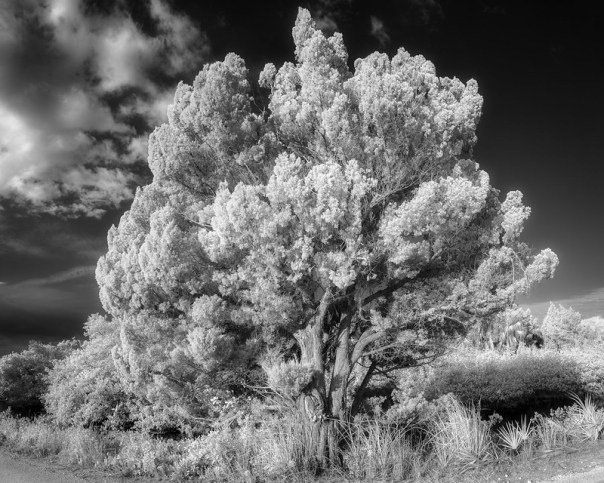Okay, I know the name of the blog is “Central Florida Photo Ops” and I usually write about landscape and wildlife photography. But Old Car City (http://oldcarcityusa.com/) is a very cool place and I have a scouting report and some photos to show you!
 Photographers Paradise
Photographers Paradise
Old Car City calls itself a “Photographer’s Paradise”, and the “worlds largest known classic car junkyard”. It’s hard to disagree. It began as a general store in 1931 in White, Georgia. Over the years it evolved into a forested refuge for 4000+ cars, most more than 35 years old. Located about an hour from downtown Atlanta, it covers 34 acres with 6 1/2 miles of trails to explore.
The cars stay where they were originally placed. Some are piled high. Others rest alone or lined up. Many are overgrown with vines and some even have trees growing right through them. Admission is $25 (only $15 if you don’t photograph). We spent 3 – 4 hours there and I was exhausted before the photo ops were.
 Impala convertible – and tree
Impala convertible – and tree
Walking through can be surreal – especially in infra-red.
 Old Car City IR Pano
Old Car City IR Pano
Photography here can be challenging in several ways. I carried my tripod all around the place and the local cat kept showing up and rubbing up against it – not helpful!
 Junkyard cat and matching VW van. It followed us around and liked to rub up against tripods. Not good, cat!
Junkyard cat and matching VW van. It followed us around and liked to rub up against tripods. Not good, cat!
This isn’t a traditional salvage yard – no parts are sold. It’s more of a museum, although there’s no effort to preserve exhibits. The cars were saved from the crushing machine, but not from nature.
You can find much more than just old cars and car parts. There are school buses, and tractors, antique toys, wagons, bicycles, and more. I even read there’s a Cartersville Grand Theater marquis, but I didn’t see it on my visit.
 Doll and chair – You can find more than old cars at Old Car City. This was right next to the path – yet it looks like no one’s disturbed it in years.
Doll and chair – You can find more than old cars at Old Car City. This was right next to the path – yet it looks like no one’s disturbed it in years.
Safety: You’ll have to sign in when you pay admission, but there’s no lengthy rights waiver and a lawyer doesn’t follow you around. The place could be dangerous though – there’s broken glass, rusty metal and some sharp edges. Just be careful, not stupid. Heed the warning signs, stay on cleared paths and off / out of the cars and you should be fine. Oh, and some insect repellent might come in handy.
 Don’t open hoods doors
Don’t open hoods doors
My tripod was helpful mostly for Olympus hi-res images – but if you’re not making those I think you can get by without one. I used focal lengths from fish eye up to about 200mm equivalent and I’d say your wider lenses would be the most useful.
The number of photo ops in this place is huge. If you go, my best advice is to do a little research before hand and plan out a strategy or two. Get some larger framed intro shots, but think about concentrating on one or a few categories: hood ornaments, door handles, dashboards, interiors, decay, rust, textures, vegetation on vehicles, etc., etc. The possibilities are huge.
Click on these photos to see them larger on Flickr, and I have more images from Old Car City collected in his album. You can also look through many more photos from there via the Flickr “Old Car City” search page results. And you can find out more on the Old Car City web page. Here are a couple more links with info:
If you get a chance, go by Old Car City.
Thanks for stopping by and reading my blog. Now – go make some photos!
©2018, Ed Rosack. All rights reserved





















































